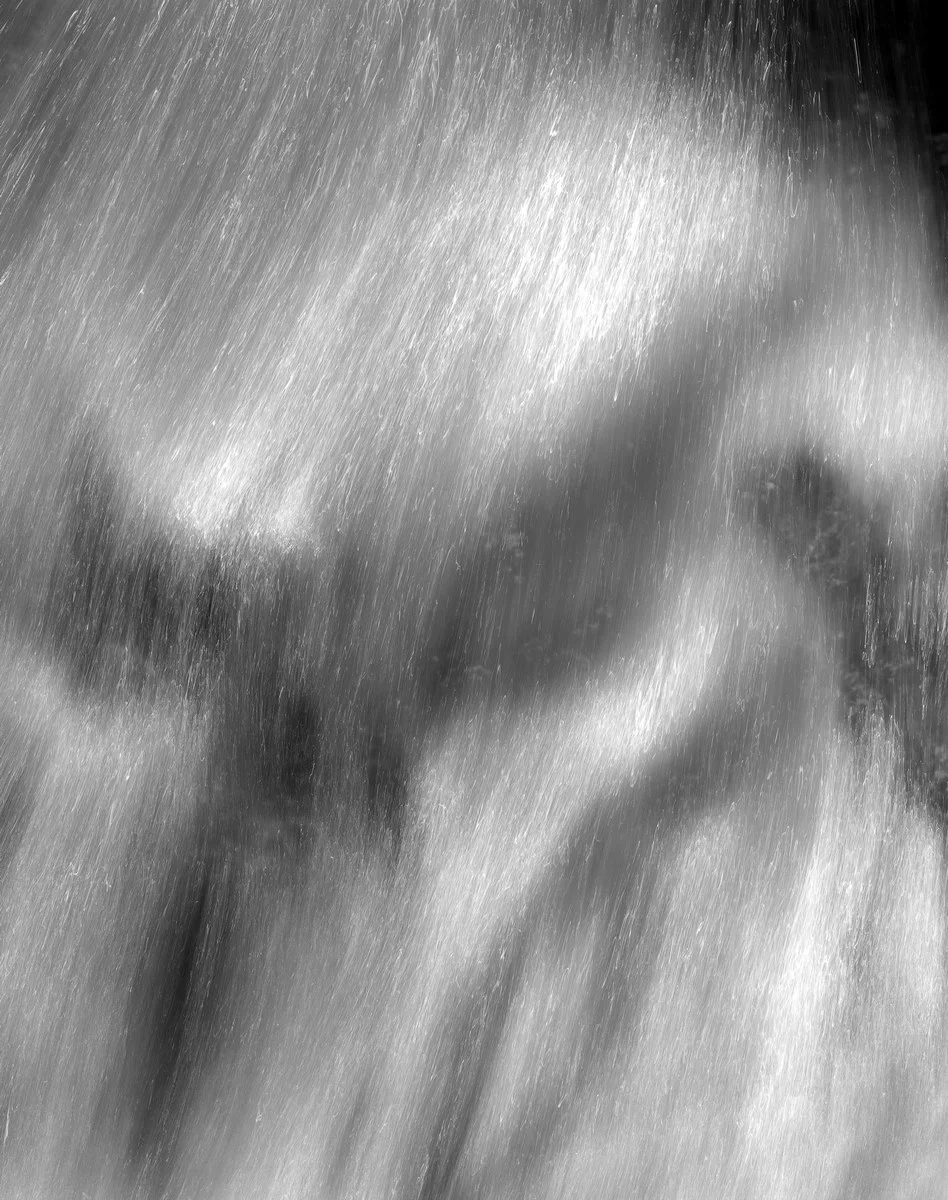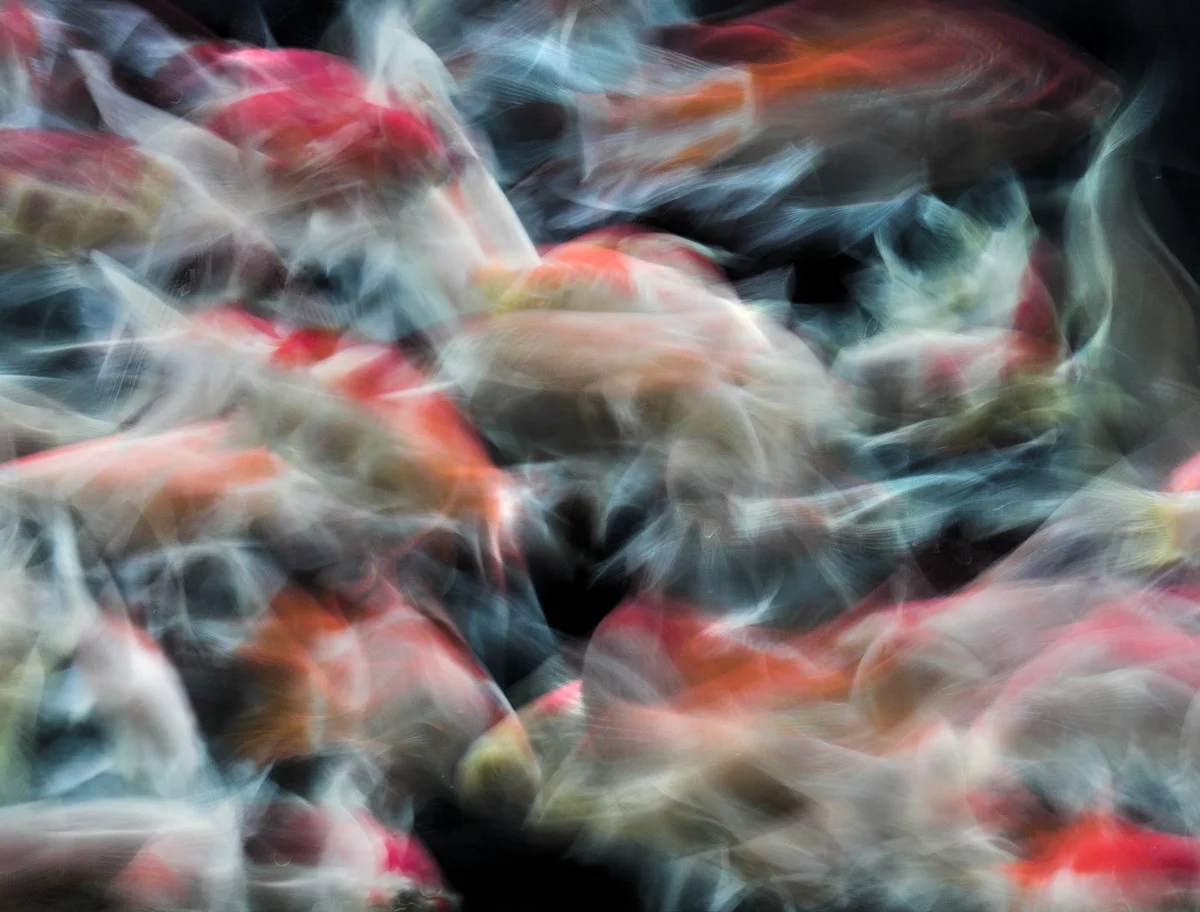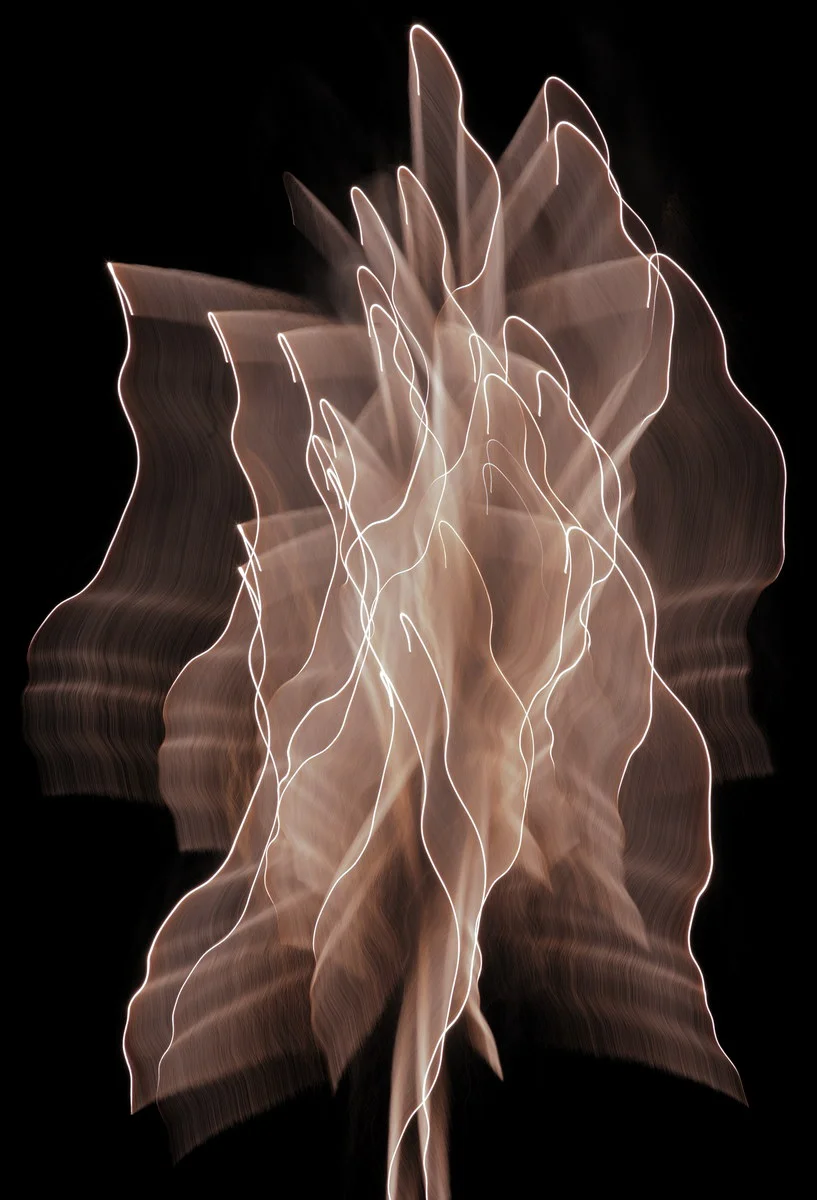To constitute a portfolio, these photographs would have to cohere in subject, vision, or at least appearance, but they do all pursue a purpose. They are all meant to puzzle viewers as expressed by photographer / collector Allan Chasanoff: by creating "a problem of vision" (in "The Challenge of Confusion," by Anne. W. Tucker). By causing some "perceptual disturbance," these images are meant to lead viewers to ask, "What is this?" (meaning "What is depicted here?" "What is the content?"). However, "if you know the content, you're going to be 'contented'" ("An Interview with Allan Chasanoff" by Aletti and Tucker). All these images, then, are meant to stir up perceptual discontent. This project is risky. To some viewers, these images will be "playing games." To others, they will fall flat because the puzzle is too easily solved. To others, they will appear coy. However, to break "the power of the medium to make you think you are looking at the thing itself and not at a picture...propaganda," I accept those risks.
The images in "Nets" and "Shadows" also pursue this purpose but are specific and unified enough to merit separate portfolios.
Because this image was made not electronically but by traditional means, the possibilities for manipulation were limited, so whatever figure or scene you might see here, it has arisen naturally. I would like to think that this image "would cause Allan Chasanoff to stumble, [would] fool his eye at least for a moment, raise a question about perception" (Charles H. Taub, "An Understanding," in a booklet about the Chasanoff Collection).
Chaplin, CT, c. 1995
It startled me when I noticed, long after the exposure, that the photograph makes it look as if a fellow's head had separated from his body. A painter would have to intend such, but not a photographer. If a photograph's meaning depends less than a painting's on its maker's intent, what *does* it depend on? Does my choice of this image in editing (inclusion of it in the website) constitute intent? If so, what about some other feature later discovered in the image?
Bronx, NY, 2013
A curtain flapping in a breeze caught some sunlight.
near Round Top, TX, 2008
Juxtaposition can work in a photograph something as a pun, paradox, oxymoron, simile, or metaphor might in a text.
Galveston, TX, c. 2009
Electronic reproduction may make it hard to see on the screen what is easy to see on a print of decent size: a body seems to be falling from the ceiling. Like the large metallic sphere in the background and the frame around the image, he -- it -- is a work of art displayed at the UC Berkeley Art Museum, straddling fiction and "real" experience, animate and inanimate. A boy running across the garden contributed the blur without any prompting.
Berkeley, CA, c. 1984
To defy the cliches of fireworks photos, I focused on the detritus after the explosions. It was dull-brown rather than chemically garish, and drifting down rather than shooting every-which-way. To put distance between this image and other photographs of fireworks, I also made long exposures while moving the camera around.
Houston, TX, 2008
As recorded, the junk of exploded fireworks looked the same as in #19; dull brown. I have electronically replaced it with dark blue. Does this switch strengthen or weaken the effort to defy visual cliches? Some viewers have complained that the purpose should stand or fall on its own; that such tarting up weakens it. Others, though, have said that they take this image for itself, without regard for what it was *of.* I side with the second party. The subject provided a pretext for making a structured image that can serve as metaphor of grace and mystery.
Houston, TX, 2008













On the MoMA's page devoted to Piet Mondrian's "Broadway Boogie Woogie," the artist characterizes the work's aesthetic as "destruction of natural appearance; and construction through continuous opposition of pure means—dynamic rhythm." This photograph's pure means, its structures and colors, less refer to visible objects than evoke visual and commercial extravagance. However, I did make this photograph steps away from Broadway.
New York, NY, 2015